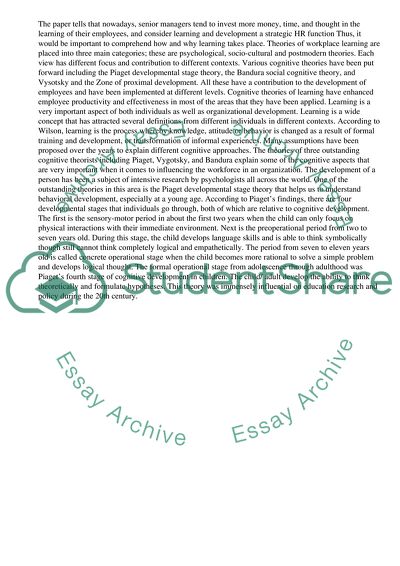Cite this document
(“The Usefulness of Cognitive Theories of Learning for Human Resource Essay”, n.d.)
The Usefulness of Cognitive Theories of Learning for Human Resource Essay. Retrieved from https://studentshare.org/management/1498486-critically-evaluate-the-usefulness-of-cognitive
The Usefulness of Cognitive Theories of Learning for Human Resource Essay. Retrieved from https://studentshare.org/management/1498486-critically-evaluate-the-usefulness-of-cognitive
(The Usefulness of Cognitive Theories of Learning for Human Resource Essay)
The Usefulness of Cognitive Theories of Learning for Human Resource Essay. https://studentshare.org/management/1498486-critically-evaluate-the-usefulness-of-cognitive.
The Usefulness of Cognitive Theories of Learning for Human Resource Essay. https://studentshare.org/management/1498486-critically-evaluate-the-usefulness-of-cognitive.
“The Usefulness of Cognitive Theories of Learning for Human Resource Essay”, n.d. https://studentshare.org/management/1498486-critically-evaluate-the-usefulness-of-cognitive.


